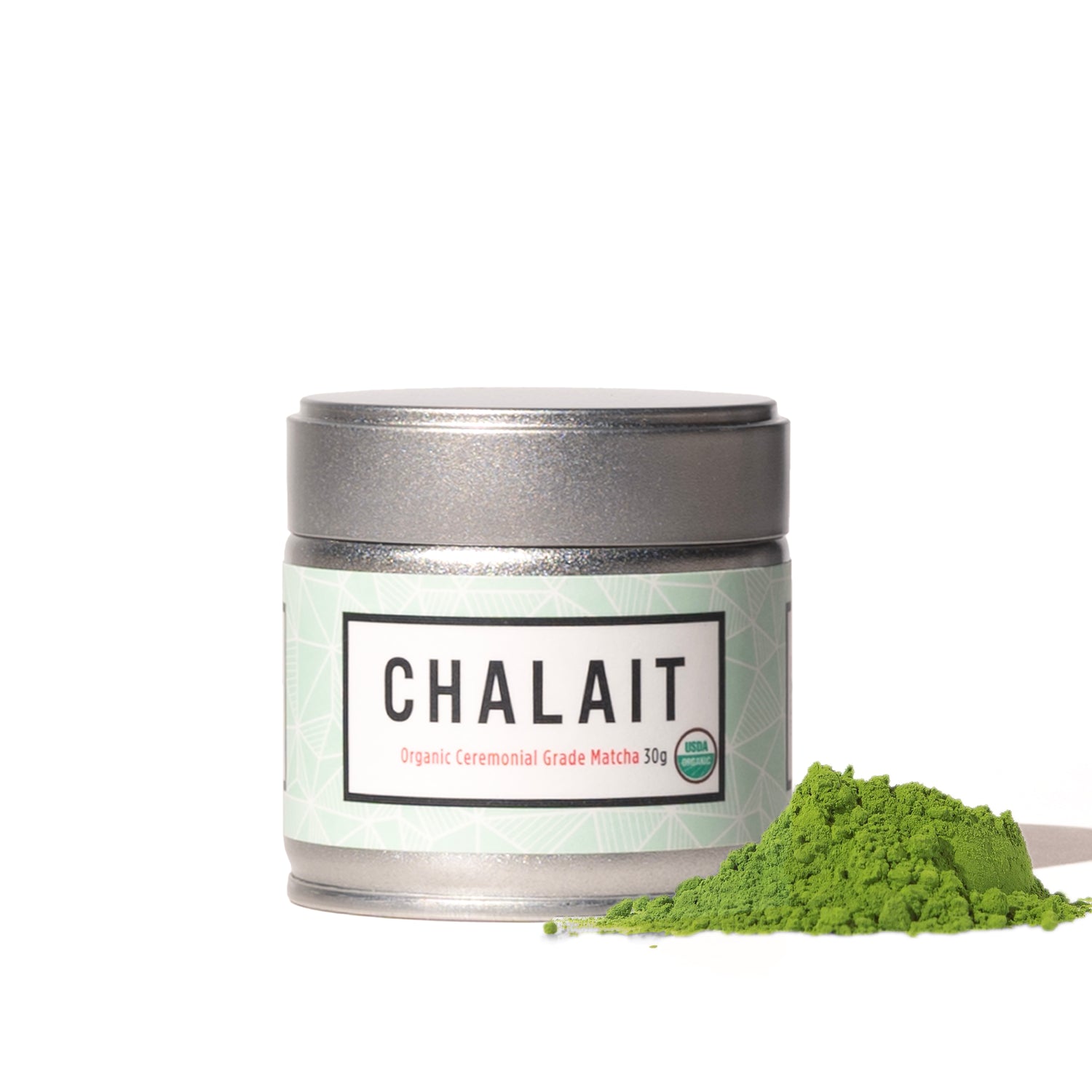If you never tried practicing mindfulness before, it may sound complicated and demanding, but it’s one of the best and easiest skills you can gift yourself for a happier year ahead. Mindfulness meditation with tea may take you a step further and provide the benefits of both mindfulness and tea.
What is mindfulness?
In simple words, mindfulness is a state of being present, accepting all the thoughts without feeling overwhelmed, judgmental, fearful, or anxious. Studies showed it may be very effective for reducing stress, depression, and anxiety, and help reduce worries and rumination [1]. It may help you feel joy and happiness by simply focusing on now, rather than on the past or future [2]. Chronic stress may increase these wandering thoughts [3] and make it more difficult to be present in the moment and deal with both good and bad emotions and situations effectively.
Every meditation requires mindfulness, but you can start practicing mindfulness without meditation. The simplest way is to start focusing on the routine things – such as breathing, walking, and brushing your teeth. Being mindful of your breath may actually help stop your thoughts from wandering. This is the most basic exercise for including mindfulness in your life. When your thoughts start to wander, simply bring your focus back to inhaling and exhaling. Notice how your body responds and how your breath feels and feel the delicate coolness of the air when you inhale it, and light warmth when you exhale. Meditation with tea will include mindful breathing too.
What is mindfulness meditation with tea?
Although you can practice mindfulness at any moment, try to set aside time for daily meditation. Having a set time will help you create a routine and studies showed that even a 10-minute meditation may make a positive difference [4].
The most beautiful part of practicing mindfulness meditation with tea is that you can not only learn how to calm your mind, but truly enjoy the scent, flavor and benefits of tea, too. Unlike the most common meditation techniques that require stillness, meditation with tea is active, but calm. It may be easier to practice than still meditation because you it will allow you to maintain a better focus than simply sitting still, especially if you love tea. To practice mindfulness meditation with tea, you can use any tea, but the health and aesthetic benefits of using matcha may surpass the benefits of using some other tea types.
Why is matcha the best tea for practicing mindfulness?
In the past, matcha was not a regular daily tea. It was mostly prepared during a Japanese tea ceremony or chado, a ritual founded by Zen Buddhist monks. A formal ceremony takes years to master – from dozens of utensils, proper movements, and etiquette to understanding the spiritual and aesthetic components. Yet, that’s exactly what makes it perfect for practicing mindfulness meditation. Matcha is a tea to enjoy with all your senses and it takes practice to notice small flavor nuances and prepare it properly. Furthermore, matcha is rich in L-theanine, an amino acid that may provide a calming effect [5], and caffeine, that may increase attention [6].
Some of the potential benefits of matcha tea meditation:
- Reducing stress and anxiety
- Allowing yourself to have a moment for yourself
- Learning how to be more present in the moment
- Increased attention and improved calmness
- Increased confidence by learning a new skill
- Antioxidant boost
- Improving your palate
8 steps to practice mindfulness meditation with tea
To practice mindfulness meditation with matcha, you will need basic matcha utensils:
These utensils will be enough to make a delicious cup of matcha in the traditional way. There are dozens of other utensils that are employed in the formal Japanese tea ceremony, but you won’t need them to practice mindfulness meditation with tea. If the aesthetic part is not so important to you, you can still practice mindfulness with matcha even without traditional matcha utensils.
Steps to take before meditation
- Set aside at least 10-15 minutes.
- Find a peaceful place where you can practice and make it a designated meditation spot.
- Clean and dry all utensils before tea meditation and place them on a low table.
- Put an electric kettle with fresh water next to the table as it will be a part of the meditation. If that’s inconvenient, preheat the water right before you start and place the preheated water next to you.
Steps to practice mindfulness meditation with tea
- Sit comfortably on the floor or on a cushion in front of the low table. Pay attention to your posture, straighten your body, and relax your arms and legs.
- You can close your eyes and take a few deep breaths and pay attention to inhaling and exhaling. Then turn on the kettle and bring your focus back to breathing in and breathing out for a couple of moments. Notice the sound water makes in the kettle.
- Once the water is boiled, allow a couple of minutes for it to cool down. Focus on your breathing again. Slowly inhale and exhale a few times and shift your focus to tea. As you will use different utensils, pay attention to their shapes, textures, and weight along the way. What do they feel like? Are they light, heavy, cold? Smooth or rough?
- Place a sifter on clean and dry matcha bowl, measuring 2 chashaku of tea powder and sift it into a bowl. Don’t rush and pay attention to every detail – including colors, textures, and scents of both tea and utensils. Don’t rush with movements. How does it make you feel?
- Now pour around 70 ml of water into your tea bowl. Keep focus on your movements – holding the kettle, pouring, sounds, and even small water drops that may get away.
- Whisk the tea using chasen. Make fast but calm movements focusing on moving the wrist only. Focus on how your hand is moving and notice the foam appearing.
- Once the tea is ready, bring the bowl with both of your hands next to your mouth and pay attention to the aroma. How the tea bowl feels in your hands? Now take a sip and focus on the taste and texture of the tea and pay attention to the aftertaste too. You can include simple gratitude practice by thinking of all the people that made this tea meditation possible by growing, harvesting and making tea and crafting utensils.
- Finish by focusing on your breathing again. Try extending the mindfulness practice to washing utensils and arranging them for the next day’s session.
If at any moment your mind wanders, notice your thoughts and simply let them go by bringing the focus back to your breathing, then continue with making and drinking tea.
Final thoughts on mindfulness meditation with tea
If you love drinking matcha, creating a mindfulness drinking ritual may provide additional benefits, such as reducing anxiety and stress and improving overall wellbeing. These 8 steps should help you practice mindfulness meditation with tea immediately, with using only a few basic matcha utensils. Your meditation can last more than just 10-15 minutes, and you can use as many utensils as you wish. Even if you don’t have all the equipment, the most important thing to do is to pay attention to every step of the process and observe your breathing, feelings, sensations, colors, flavors, textures and scents.
Sources:
[1] https://uhs.berkeley.edu/sites/default/files/article_-_five_steps_to_mindfulness.pdf
[2] https://www.ncbi.nlm.nih.gov/pmc/articles/PMC6679812/
[3] https://www.apa.org/topics/mindfulness/meditation
[4] https://www.ncbi.nlm.nih.gov/pmc/articles/PMC6088366/
[5] https://www.sciencedirect.com/science/article/pii/S2213453021001324



